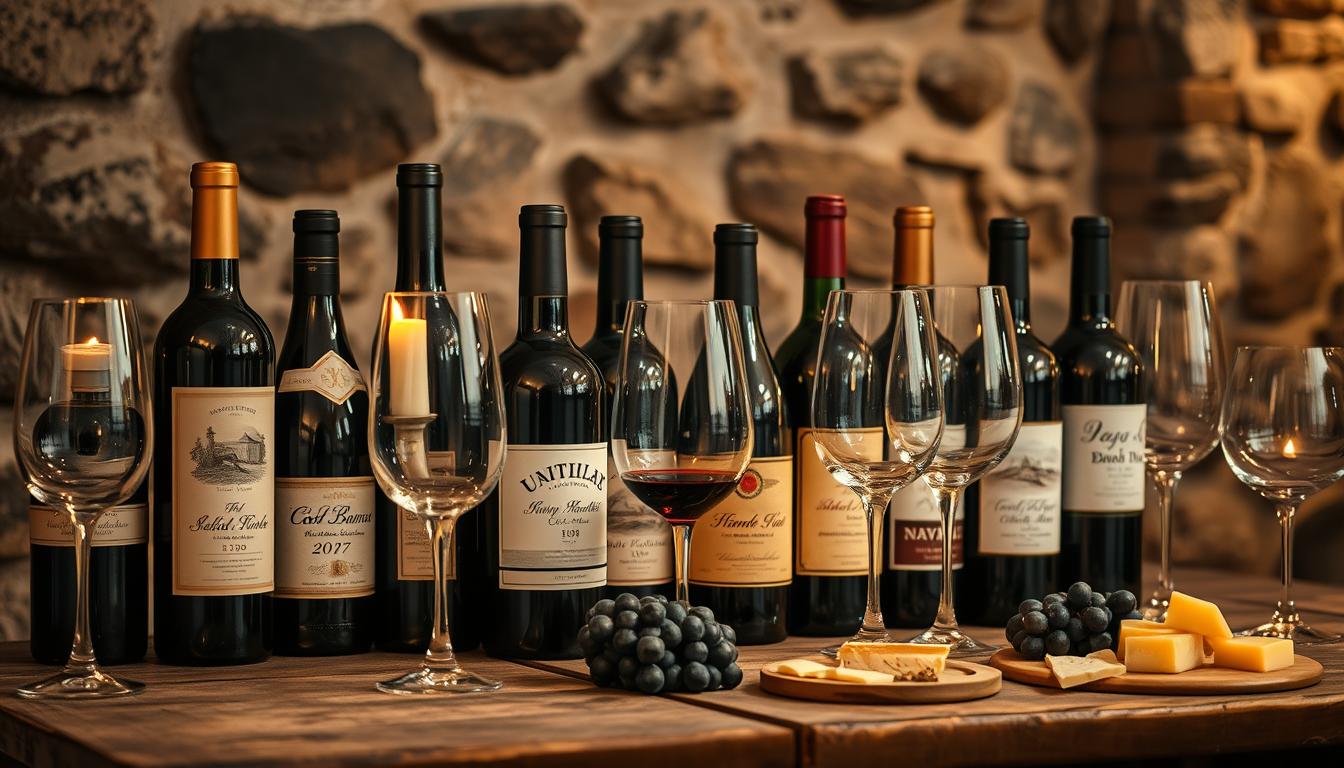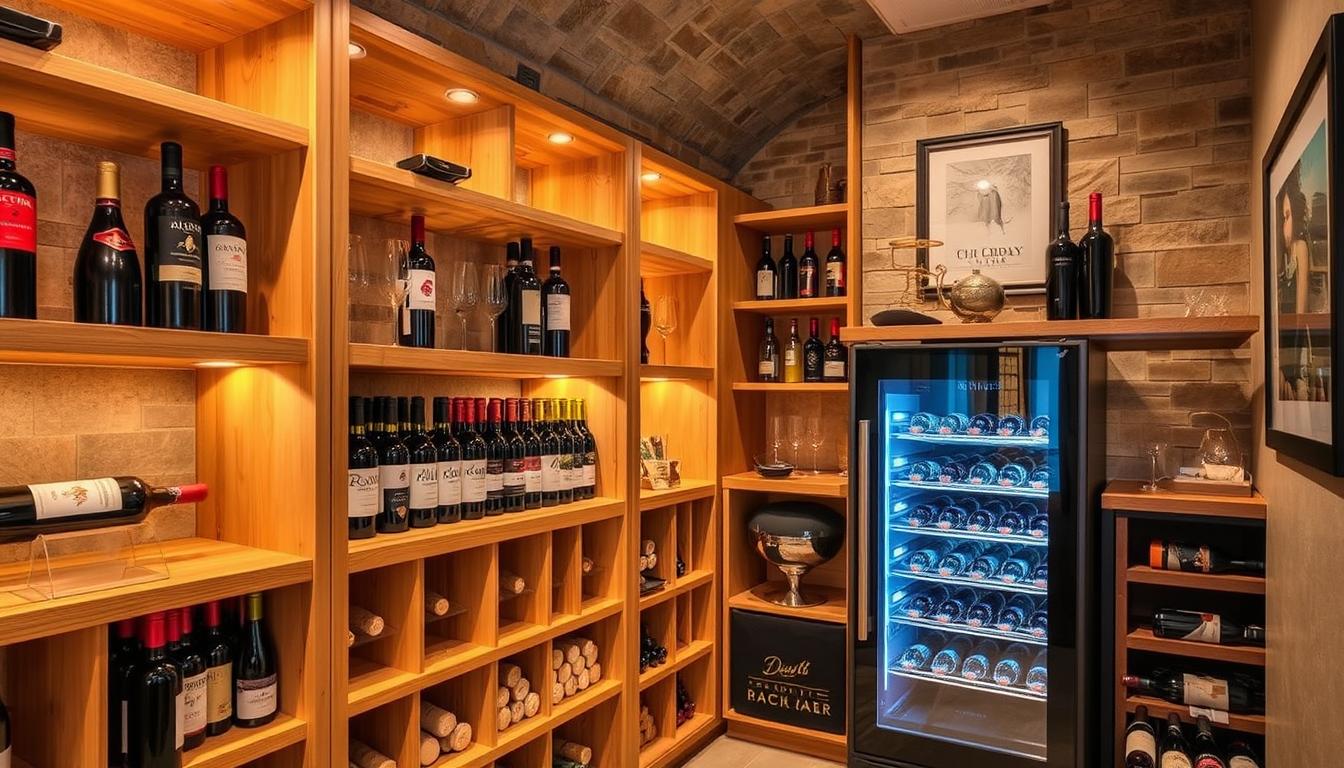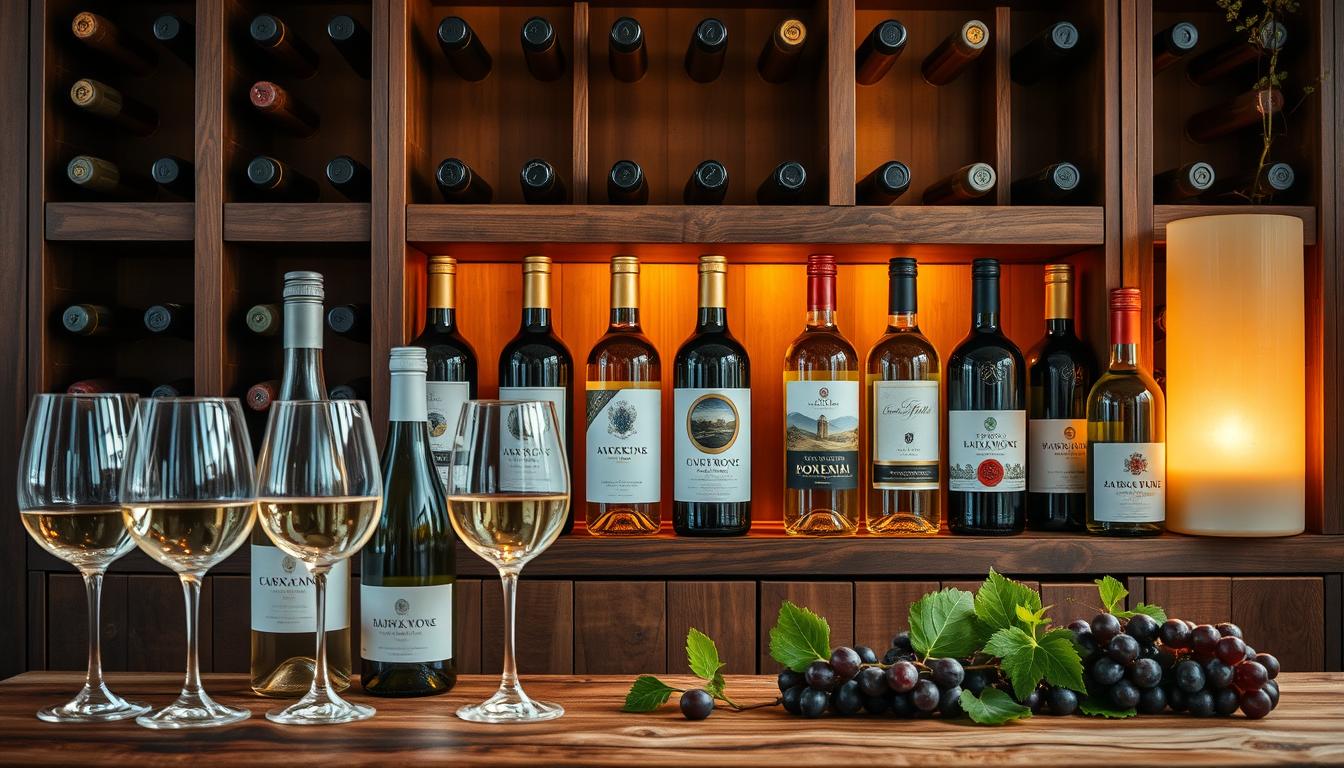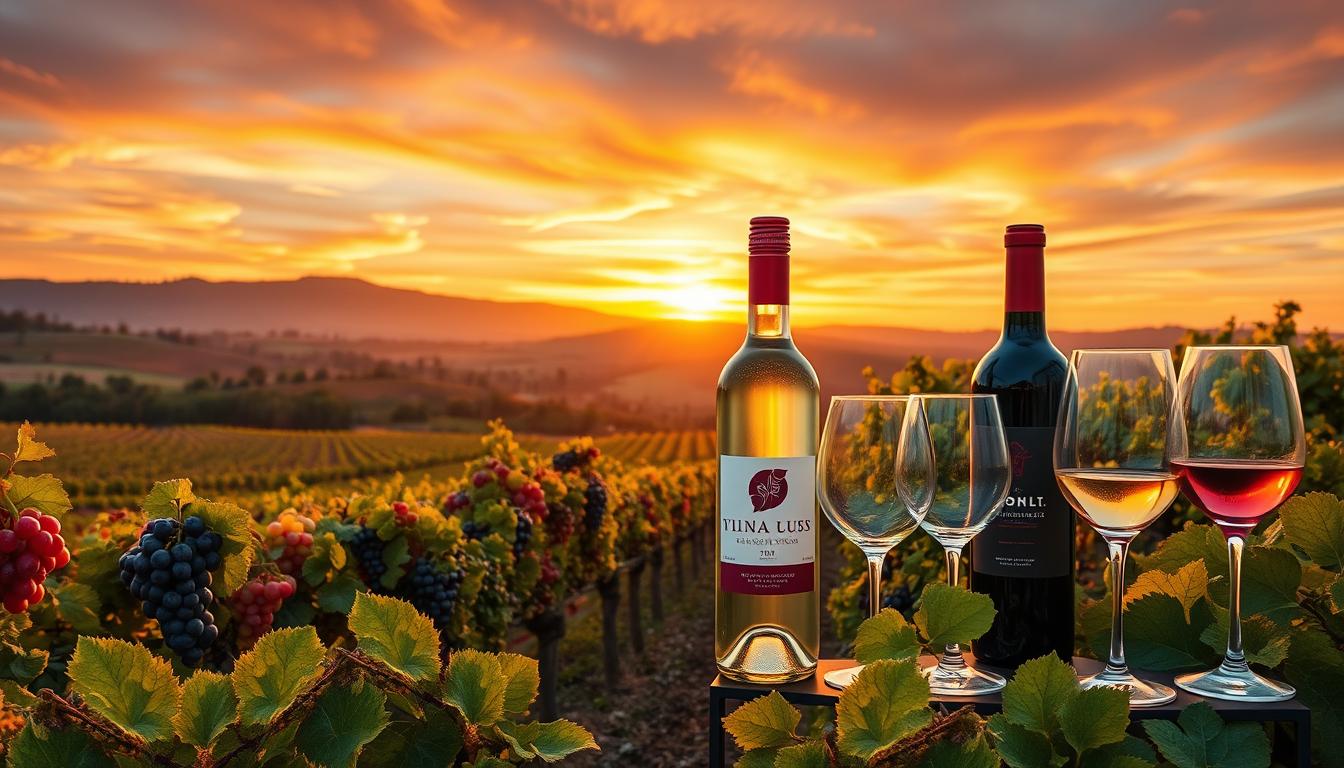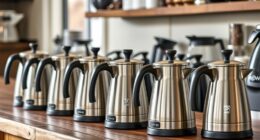There’s a profound beauty in the act of savoring a glass of wine. Each sip tells a story, a narrative woven from the very soil the grapes were grown in, the hands that harvested them, and the artistry of the winemaker. For wine enthusiasts like you, understanding the subtleties of vintage wine becomes a journey worth embarking on. Imagine standing before a line of bottles, each representing a year in time, each possessing a distinct character shaped by the climate, terroir, and craftsmanship that marked its creation.
The importance of vintage in wine appreciation cannot be overstated. As you delve into vintage wines, you not only explore diverse flavor profiles but also engage with the historical context of each bottle. Cooler years might charm you with their precise acidity, while warmer seasons can surprise you with their rich, fruit-forward expressions. By embracing these differences, you enhance your own wine tasting tips and expand your palate, ultimately elevating your everyday experiences into memorable moments.
Key Takeaways
- Vintage wine reveals unique stories about climate and winemaking.
- Understanding how weather impacts flavors enhances your wine appreciation.
- Different vintages can offer distinct characteristics worth exploring.
- Engaging with wine communities deepens your knowledge and experience.
- Documenting your tasting experiences helps refine your palate over time.
Understanding the Concept of Vintage in Wine
The term wine vintage refers to the year grapes are harvested. This simple definition encompasses a world of factors that influence a wine’s character, taste, and overall quality. The significance of vintage lies in its connection to specific growing conditions, such as climate and vineyard management, during that year. This understanding is crucial for wine enthusiasts since it plays a vital role in wine collection and appreciation.
Each year can offer distinct challenges and advantages to winemakers. For example, extreme weather events like hail or frost can significantly affect yields, leading to smaller quantities of grapes. Such conditions can elevate the quality of wines produced in remarkable years, which may ultimately result in increased prices for collectors. Vintage-bottled Champagnes, for instance, must age for a minimum of 36 months, while non-vintage varieties require only 15 months. These regulations imply a more stringent consideration of quality in vintage selections.
The historical aspect of vintage is equally remarkable. Winemaking traditions have emphasized certain years as exceptional, and as a result, specific vintages have gained popularity and value among collectors. Over time, decisions made by winemakers—such as when to harvest and how to process the grapes—also play a role in defining a vintage’s success. The integrity of a vintage can even dictate the frequency of vintage declarations, often occurring only once or twice a decade.
As a wine aficionado, you may find that vintage wines, often seen as rarified treasures, typically cater to special occasions. In contrast, non-vintage wines are more accessible for everyday enjoyment. Knowing how to identify and distinguish wines by year enhances your overall wine-tasting experience, making each sip more meaningful.
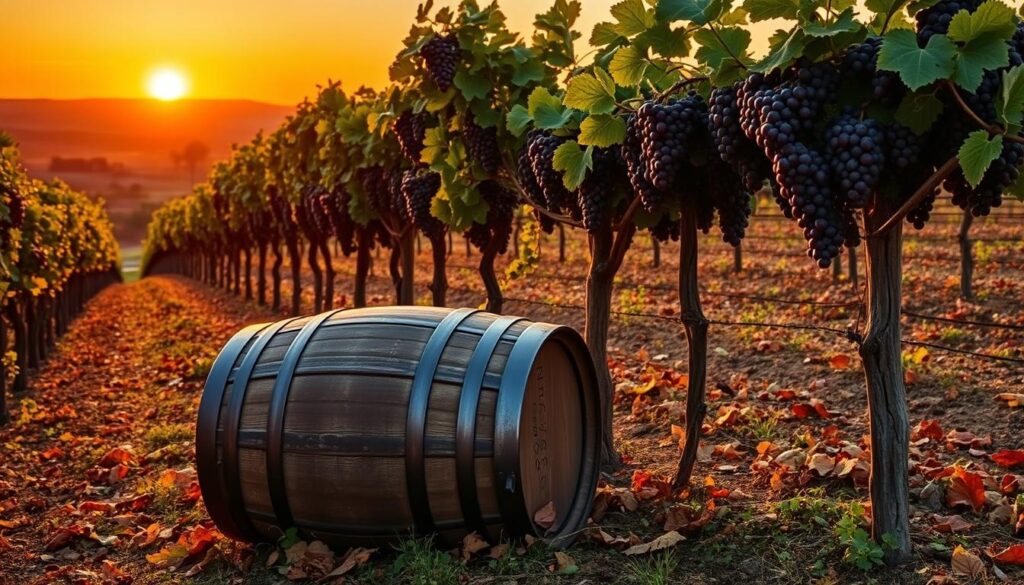
| Year | Characteristics | Significance |
|---|---|---|
| 2021 | Severe crop loss due to frost. | Limited vintage availability; higher demand for remaining wines. |
| 2016 | Exceptional weather; high-quality grapes. | Considered a landmark vintage; sought after by collectors. |
| 2012 | Cool climate; well-structured wines. | Good aging potential; increase in price. |
| 2005 | Drought conditions; concentrated flavors. | Highly praised; often regarded as a classic vintage. |
Why Vintages Matter to Wine Enthusiasts
The importance of vintages extends far beyond the year printed on the bottle. Each vintage tells a unique tale about the climatic conditions, terroir, and winemaking practices of that particular year. For enthusiasts, this vintage storytelling enhances the experience of savoring wine, as each sip reveals the nuances shaped by the weather and soil during the growing season.
Wine quality is often tied to the intricacies of each vintage. Extreme weather events, like frost or hail, can drastically alter grape yields, affecting the final product. For instance, a warmer year may yield fruitier and jammier wines, while cooler years might boost acidity, adding freshness. Collectors and connoisseurs recognize these elements, as the best vintages can command higher prices, offering potential not just for enjoyment but also for investment.
Part of the allure lies in comparing wines from various vintages. By sampling different years, you can explore how each bottle’s flavor profile varies due to the winemaker’s decisions and the year’s conditions. This practice not only deepens your appreciation for wine but also enriches your understanding of the importance of vintages in shaping the delightful complexity of each pour.
As you start your journey through different vintages, remember that the stories they hold are just as captivating as the tastes they offer. Embracing this journey allows you to truly connect with every bottle, transforming your wine experience into a personal adventure filled with flavor and history.
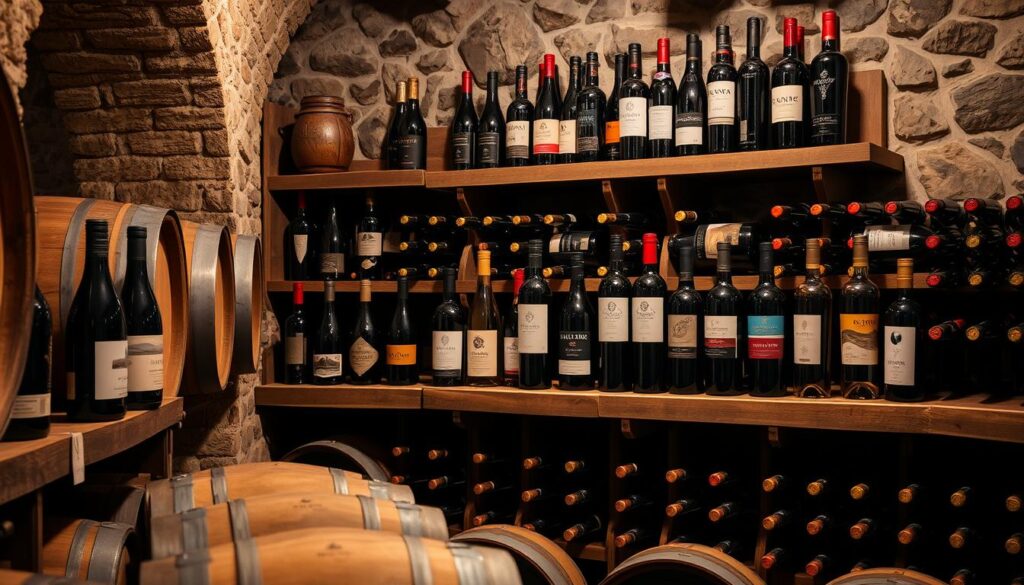
The Process of Vertical Tasting Explained
Vertical tasting serves as a unique opportunity for wine enthusiasts to explore the evolution of wines over time through comparative sampling. This method involves tasting multiple vintages of the same varietal side by side, revealing how various factors, such as climate and viticulture techniques, impact the final product. By engaging in vertical tastings, you delve into the intricate world of wine tasting methods, enriching your understanding of flavors and characteristics.
What is Vertical Tasting?
In its essence, vertical tasting focuses on different vintages of the same type of wine, opening a window to discover the nuances of a particular winery’s production across various years. This approach allows you to observe the effects of annual climate variations, soil changes, and winemaking practices on a wine’s profile. It opens the door to the fascinating journey of wine evolution, enabling you to appreciate how years influence the final flavor profile and overall quality.
How Vertical Tasting Enhances Wine Appreciation
Engaging in vertical tastings not only satisfies curiosity but also significantly enhances wine appreciation. As you sample different vintages, you will notice various characteristics shifting, such as aroma intensity, flavor complexity, and mouthfeel. These insights cultivate a deeper understanding of the craft of winemaking and the delicate balance between nature and human influence.
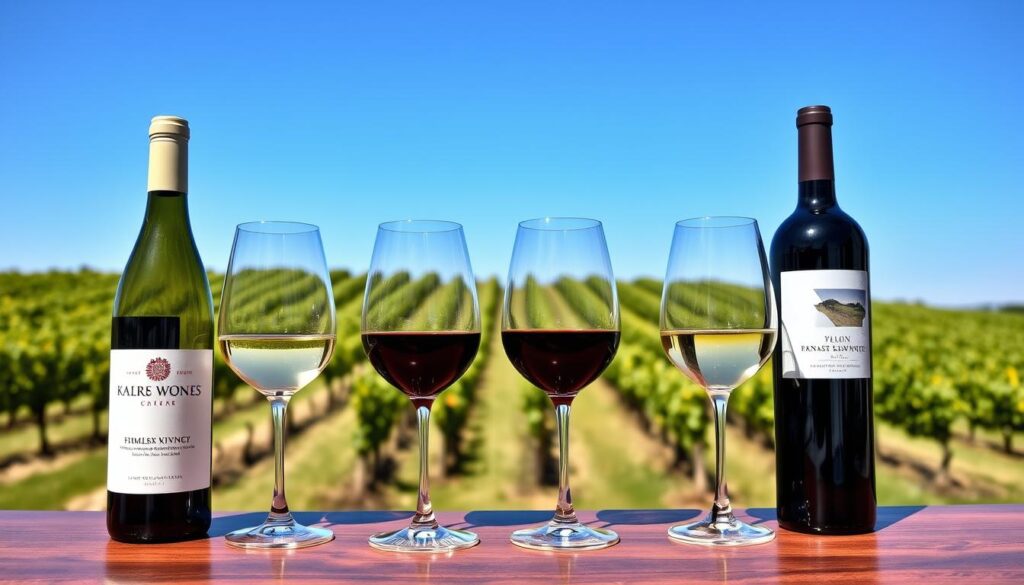
By participating in this educational experience, you will elevate your wine knowledge, making future selections a more informed and gratifying endeavor. Vertical tastings foster a connection between you and the wine, turning each sip into a journey through time and craftsmanship.
Gathering Insights from Different Vintages
Each bottle of wine offers a unique narrative shaped by its journey from vineyard to bottle. As a wine enthusiast, understanding this journey can deepen your appreciation for the complexities of wine. Exploring various vintages reveals the decisions made by winemakers and the environmental conditions affecting the final product. Embracing this knowledge prepares you to enjoy your wine journey to the fullest.
From Vineyard to Bottle: Understanding the Journey
The path from vineyard to bottle involves numerous factors, all of which significantly influence the wine’s final character. Treated with care from the moment grapes are harvested, each vintage captures a snapshot of its year, including:
- Growing conditions: The local climate can greatly impact the flavor profile and quality of the grapes.
- Winemaking techniques: Choices made during fermentation and aging play a pivotal role in shaping the wine’s characteristics.
- Soil composition: The terroir—the combination of soil type, drainage, and exposure—affects vine health and, ultimately, grape quality.
Recognizing the Influence of Climate and Soil
The climate impact on wine is undeniable. Variations in temperature, rainfall, and seasonal cycles can dramatically alter the characteristics of each vintage. Access to different microclimates allows winemakers to produce distinct flavors, enhancing the appeal of their offerings. Additionally, understanding the soil types within key wine regions helps you appreciate how different elements contribute to a wine’s identity, showcasing the intricate connection between the earth and what ends up in your glass.
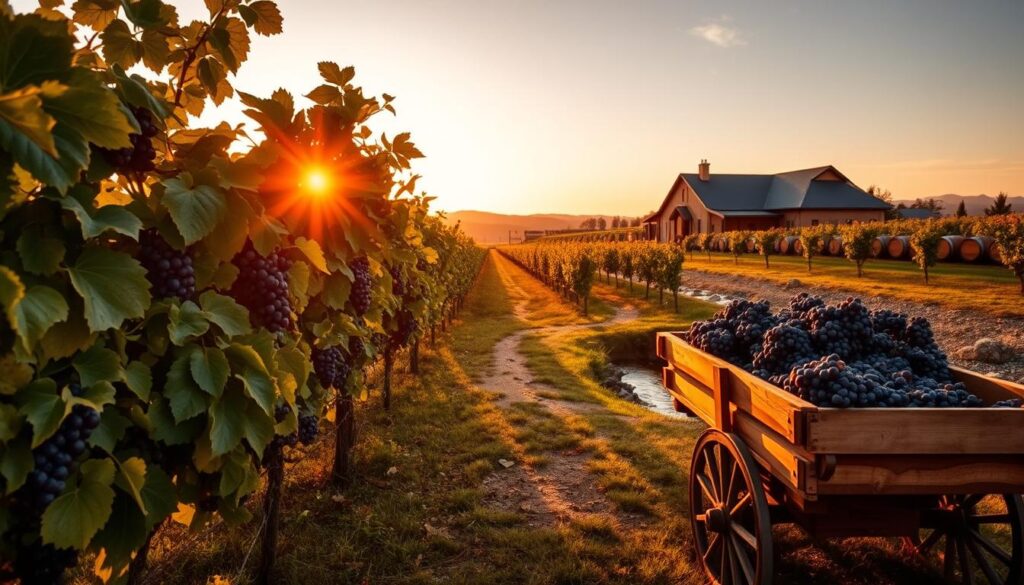
| Factor | Description |
|---|---|
| Climate | Affects grape ripeness, acidity, and flavor. |
| Soil | Influences flavor profiles based on nutrients and drainage. |
| Winemaking Techniques | Techniques including fermentation and aging shape the final wine. |
| Vintage Year | Each vintage captures the essence of its climate and conditions. |
With each sip, you can taste the culmination of decisions and conditions that inform each unique vintage, enhancing your knowledge and enjoyment of the diverse world of wine.
Selecting Your Vintages for Tasting
Embarking on the journey of selecting vintage wines for tasting requires a keen eye and a thirst for knowledge. Understanding what makes a wine suitable for aging is essential in creating a curated wine collection that impresses. Wines destined for aging typically exhibit certain characteristics that enhance their evolution over the years, leading to diverse tasting experiences.
Identifying Wines with Aging Potential
When selecting vintage wines, consider their acidity, tannins, and balance. High acidity often signals a wine’s potential for longevity, preserving its freshness over time. Tannins contribute structure, allowing the wine to mature gracefully. An overall harmonious blend of these elements indicates a wine that not only stands the test of time but flourishes with age. Collectors often focus on renowned producers celebrated for their commitment to quality, as their wines frequently exhibit remarkable aging potential.
Factors to Consider When Curating Vintages
Curating a vintage wine collection involves more than just selecting popular bottles. You must assess various factors:
- Provenance: Research the wine’s history and origin. Knowledge about the vineyard helps in understanding the quality and the conditions experienced during the vintage.
- Storage Conditions: Proper storage is vital for wine aging. Ensure your collection is kept in a stable environment, free from temperature fluctuations and excessive light.
- Market Trends: Stay informed about current trends in wine collecting. Understanding which vintages are in demand can help refine your selections for better investment value.
- Event Specificity: Tailor your selections based on the specific occasion. This ensures each tasting reflects the theme and allows for varied experiences within your curated wine collection.
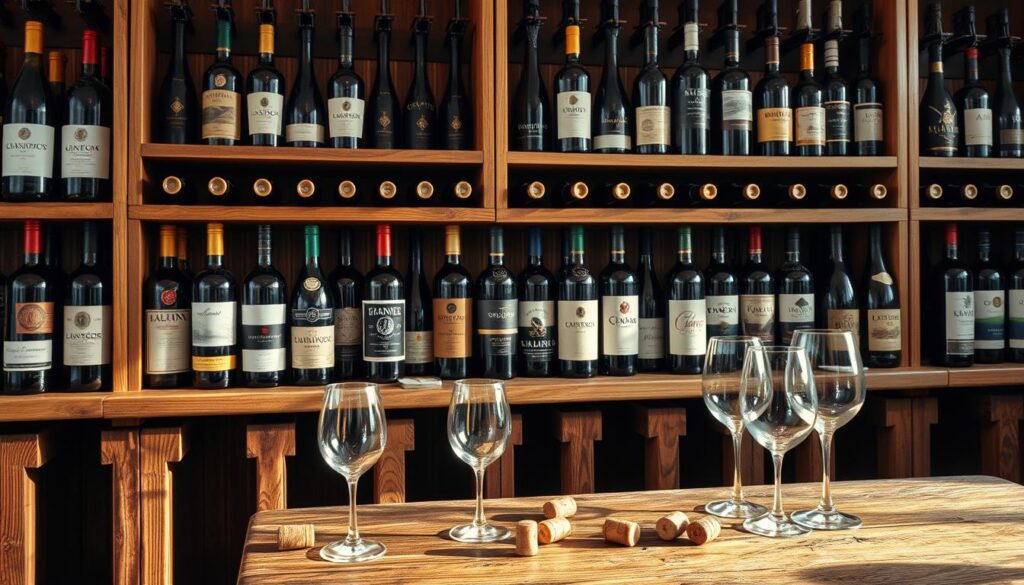
This thoughtful approach to selecting vintage wines can significantly enhance your tasting experiences. Cultivating an understanding of wine aging and how to select bottles with a promising future is key to enjoying nuanced flavors and historical context in your tastings.
Crafting a Memorable Vertical Tasting Experience
Creating a vertical tasting experience that resonates involves strategic planning regarding both the environment and the order in which you sample the wines. An ideal tasting space enhances the enjoyment and appreciation of each vintage, allowing you and your guests to immerse yourselves in the nuances of the wines.
Ideal Environment for Tasting
The atmosphere you create plays a crucial role in a vertical tasting experience. Aim for a quiet, distraction-free setting where participants can focus on the flavors and aromas of the wines. Consider factors like lighting—soft, natural light is preferable—as well as comfortable seating and appropriate glassware. A well-ventilated area free from strong odors ensures that each wine’s characteristics can shine through without interference.
Order of Tasting: Young to Old
When it comes to the tasting order, starting with the youngest vintage and proceeding to the oldest allows for a meaningful exploration of how a wine evolves over time. This approach highlights differences in flavor, aroma, and complexity, providing insights into the winery’s expression through various years. Participants can observe the journey from youthful vibrancy to mature depth, each vintage telling its own story while also contributing to a broader narrative about the producer’s winemaking philosophy and the impact of climatic conditions.
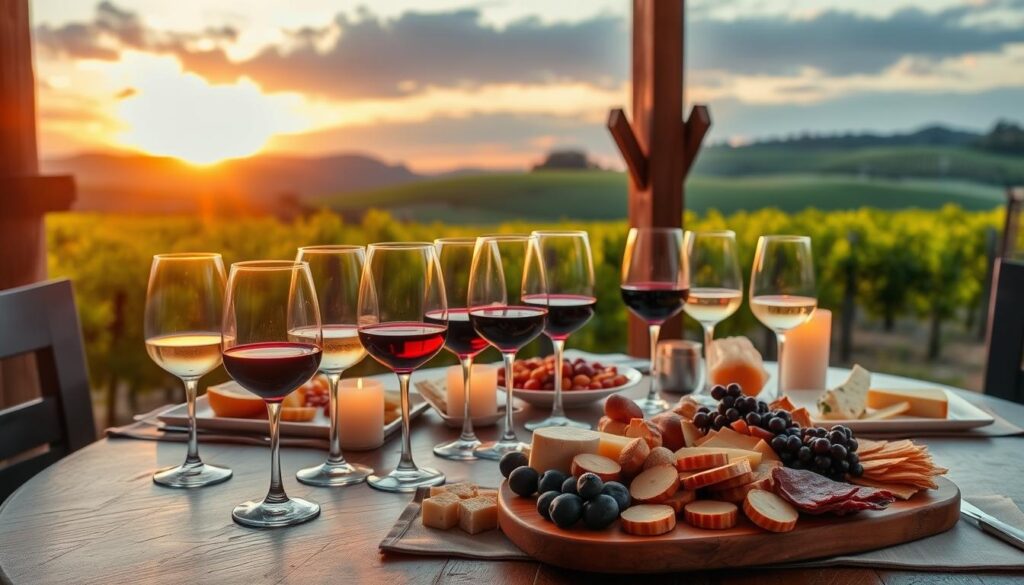
Enhancing Your Wine Knowledge: Educational Resources
Diving into the world of wine opens up a treasure trove of knowledge and experiences. Pursuing wine education can elevate your appreciation of the intricacies involved in creating and enjoying your favorite vintages. A variety of resources are available for you to deepen your learning about wine, allowing for enriched enjoyment during wine tasting events.
Wine Education Resources and Courses
Several educational programs exist that cater to aspiring wine enthusiasts. Consider the following options:
- Rioja Wine Academy: Four courses with a final exam promise that anyone can become a Rioja wine expert in just 15 hours.
- Discovering Bourgogne Wines: An eLearning package that enhances your knowledge of Bourgogne wines in a concise 90-minute format.
- Champagne MOOC: Offered by the Champagne trade association, this course covers the history and terroir of Champagne in about five hours.
- World of Wine: From Grape to Glass: This course by the University of Adelaide takes approximately six weeks to explore various wine-related aspects.
- The School of Port: Led by Symington Family Estates, this program includes an “Essentials” module along with rich educational materials like videos and interactive sessions with Port wine experts.
These resources provide structured pathways for learning about wine, catering to different taste preferences and learning speeds.
Participating in Wine Tasting Events
Engaging in wine tasting events is a fantastic way to apply your wine education practically while connecting with fellow aficionados. Tasting wine involves a four-step process: look, smell, taste, and think. This experiential learning helps you identify the origin and vintage of wines, enriching your knowledge further.
Numerous organizations, such as Wine Folly, offer curated challenges and essential guidelines that enhance your wine tasting skills. Additionally, Wine Enthusiast Magazine and Decanter provide insights into current wine ratings and trends, allowing you to stay informed and refine your palate while attending various events.
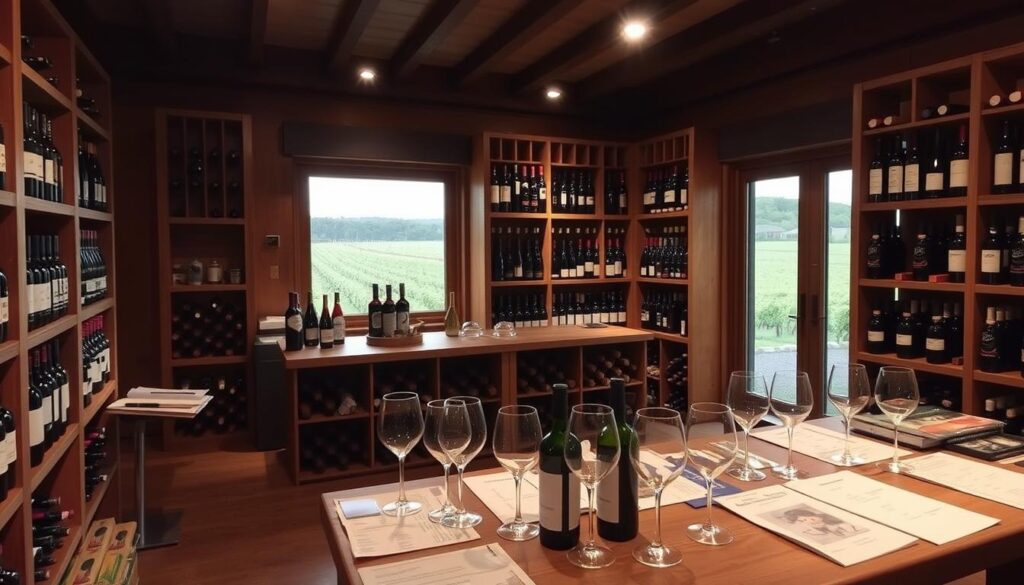
Engaging with the Wine Lovers Community
Becoming part of the wine lovers community can transform your tasting journey. Engaging with fellow enthusiasts brings fresh perspectives, shared experiences, and valuable knowledge. This connection enhances your appreciation for various vintages and cultivates a deeper understanding of the wine culture. Additionally, being a part of the wine lovers community allows you to explore memorable wine excursions with like-minded individuals. Whether it’s visiting vineyards, attending wine festivals, or participating in exclusive tastings, these experiences can broaden your palate and create lasting memories. By immersing yourself in these activities, you can truly enrich your passion for wine and create lifelong friendships with fellow connoisseurs.
Joining Local Wine Clubs
Local wine clubs offer numerous benefits to members. These platforms allow you to:
- Participate in exclusive tastings that showcase unique vintages and emerging labels.
- Network with fellow wine lovers, sharing experiences and recommendations.
- Gain insights from wine experts who often lead discussions and presentations.
- Access educational resources tailored to all skill levels, enhancing your knowledge.
By joining one of these clubs, you’re not merely tasting wine; you’re diving into an enriching experience that fosters community and growth among wine lovers.
Building Relationships with Wine Retailers
Establishing strong wine retailer relationships can greatly enhance your wine exploration. Retailers often have access to lesser-known vintages and can provide tailored recommendations based on your personal palate. Building these connections enables you to:
- Discover hidden gems that might not be readily available online or in large stores.
- Receive personalized service, ensuring your next bottle aligns with your taste preferences.
- Stay updated on promotions and exclusive events that retailers may host.
- Engage in discussions about local wine scenes, enriching your overall understanding of the industry.
In the wine lovers community, collaboration and connection are key. Embrace local wine clubs and develop relationships with retailers for a more fulfilling wine journey.
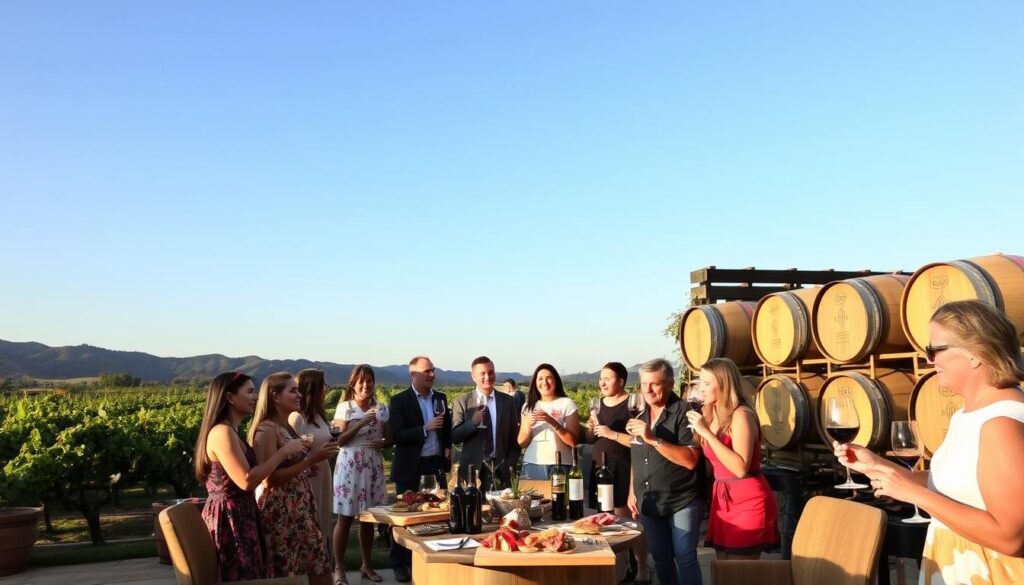
Final Thoughts for Wine Enthusiasts on Vintages
As you explore the world of wine, your reflections on vintages hold significant importance. Each bottle tells a story, woven with memories and experiences. Delving into the history behind various vintages fosters a deeper connection with the wines you appreciate. A closer examination of these stories enriches your journey and opens doors to new culinary adventures.
For many, wine is more than a beverage; it is a medium of connection, as seen in the experiences of those like Matt, who bonded with his father over wine. This journey can evoke memories of laughter, sorrow, and celebration. It showcases wine enthusiast insights that highlight the emotional resonance of sharing a glass, whether it be a delightful vintage or a humble blend from your backyard.
In pursuing your passion, remember that continuing the journey through tastings and gatherings can lead to valuable relationships and newfound wisdom. Engaging with the wine community allows you to learn from various perspectives, ensuring your appreciation for vintages evolves over time. Celebrate the stories held in each bottle and cherish the connections they foster with friends and family.
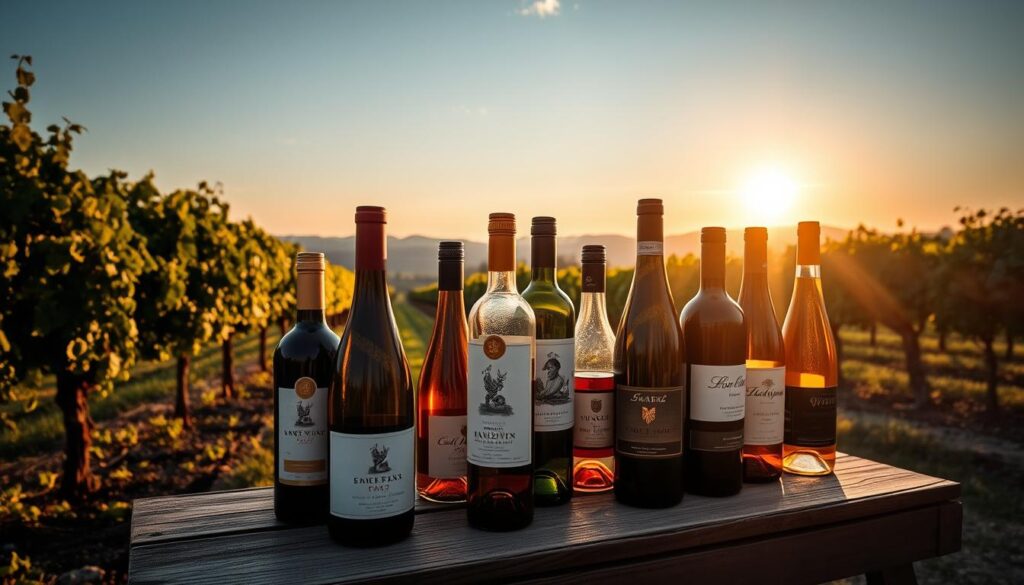
Conclusion
This article provides a comprehensive summary of wine tasting that emphasizes the significance of appreciating vintages for wine enthusiasts. Understanding the nuances of vintage allows you to elevate your experiences, deepening your connection to the intricate world of wine. The journey through tasting and discovering wines is not just a one-time event but an ongoing wine journey filled with learning opportunities and moments of enjoyment.
As you delve into the exploration of various vintages, keep in mind that every bottle has a story to tell, often influenced by unique factors such as climate and soil. By engaging with local wine clubs, participating in tasting events, and utilizing educational resources like Wine Enthusiast Academy, you are not only expanding your knowledge but also enriching your appreciation for the lovely complexities of wine.
Ultimately, a commitment to understanding vintages will transform your wine appreciation from a casual hobby into a passionate pursuit. So, as you continue to enjoy and explore this remarkable beverage, remember that each sip is a step further along your ongoing wine journey. Cheers to your discoveries ahead!
